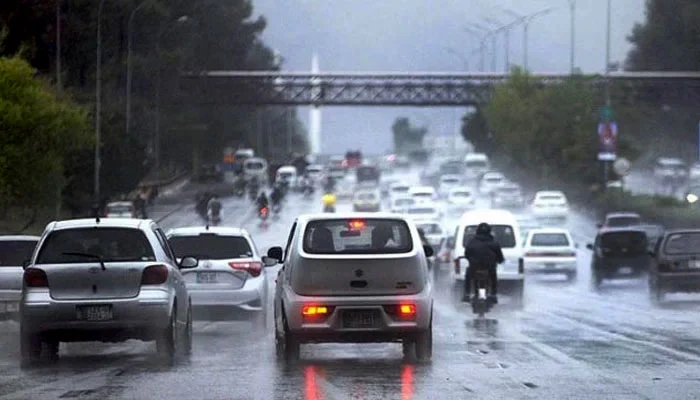The monsoon season has turned deadly across Pakistan, claiming at least 202 lives — including 96 children — since late June. The National Disaster Management Authority (NDMA) issued the alarming figures on Saturday, highlighting the urgent need for preventive action and emergency response in vulnerable regions.
With over 560 people injured and thousands displaced, the scale of destruction has overwhelmed local administrations. Entire communities have been submerged, roads washed away, and homes reduced to rubble.
Punjab Bears the Brunt of the Disaster
According to NDMA data, Punjab has witnessed the highest number of fatalities, with 123 reported deaths. Among them, 11 occurred in Faisalabad alone, where structural collapses caused by persistent rain left dozens injured. Most victims were trapped under debris after weakened buildings caved in. Affected families admitted they couldn’t afford essential repairs before the onset of monsoon, underscoring the socioeconomic vulnerabilities at play.
In Rawalpindi, floodwaters inundated densely populated areas like Dhamial, Hathi Chowk, and Morgah. Residents in Tench Bhata and Fauji Colony were forced to flee as water levels rose to their rooftops. Eight-year-old Hasan Ali was among the youngest victims, his death a tragic symbol of the catastrophe. His grieving father told local media, “One moment he was playing, the next he was gone. We never imagined the water would rise this fast.”
Heavy rain also triggered power outages, leaving communities without electricity for days. The lack of drainage infrastructure and early warning systems further aggravated the crisis.
Infrastructure Crumbles Amid Relentless Rain
The NDMA reported that at least 118 of the 202 deaths occurred due to house collapses. Another 30 people died in flash floods, while the rest lost their lives due to lightning strikes, electrocution, drowning, and landslides.
In Chakwal, over 450mm of rainfall washed away at least 32 roads, cutting off access to villages. In the village of Khewal, a collapsing home killed a father and son, and more fatalities were reported from similar incidents in nearby hamlets. Communication lines were disrupted, and the electricity supply has yet to be restored in several regions.
Jhelum, Pind Dadan Khan, and Kallar Kahar are among the worst-hit areas where roads were completely blocked. Responding to the situation, the Punjab government directed the use of heavy machinery to restore routes and assist trapped families. In Karoli Dhoke Bridge, Rawalpindi, local authorities managed to patch a rain-triggered road breach, allowing limited traffic flow to resume.
Read: Plane Makes Emergency Landing After Passenger Tries to Open Door
NDMA Mobilises Relief Operations, Urges Preparedness
As the monsoon rains continue, the NDMA has been working in coordination with provincial disaster management authorities to carry out rescue and relief operations. Despite stretched resources, emergency teams are distributing food, tents, and medical supplies in flood-hit areas. Medical camps have been set up to treat the injured, especially children and the elderly.
NDMA officials urged citizens to remain cautious and avoid travelling in flood-prone zones. They also emphasized the importance of strengthening early warning systems, particularly in rural districts.
In Khyber Pakhtunkhwa, 40 people have died, with many villages in Swat and Upper Dir severely affected. Sindh recorded 21 fatalities, while Balochistan reported 16 deaths. Islamabad and Azad Jammu and Kashmir each reported one casualty.
The NDMA continues to monitor the situation and has appealed for community-level vigilance and coordination. It has also recommended stricter building regulations in high-risk areas to prevent future collapses.
With climate change intensifying weather patterns, experts warn that such extreme events could become more frequent. The monsoon’s wrath has once again exposed the fragility of Pakistan’s infrastructure and disaster preparedness.
As recovery begins, the NDMA stresses the importance of long-term planning, community awareness, and investment in resilient infrastructure to mitigate the risks posed by natural calamities.
Follow us on Instagram, YouTube, Facebook,, X and TikTok for latest updates
